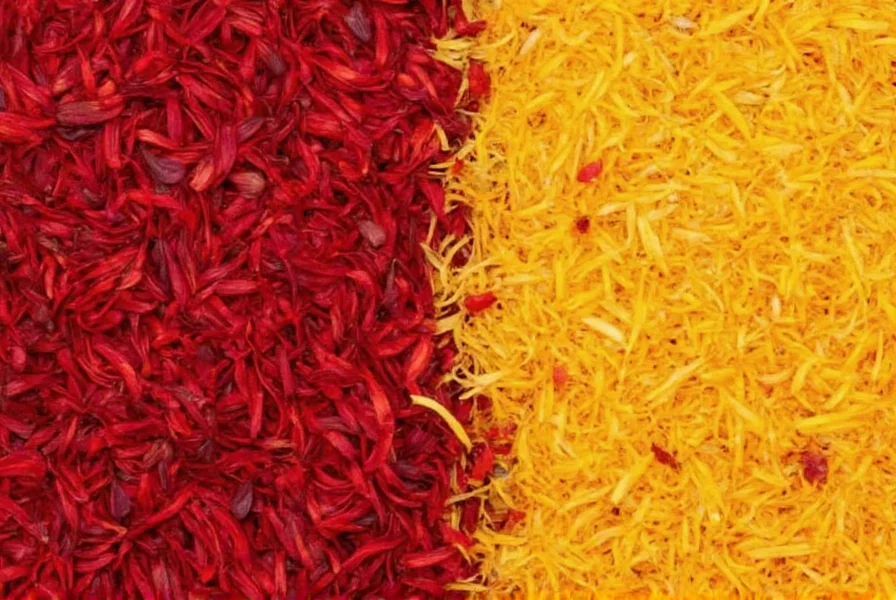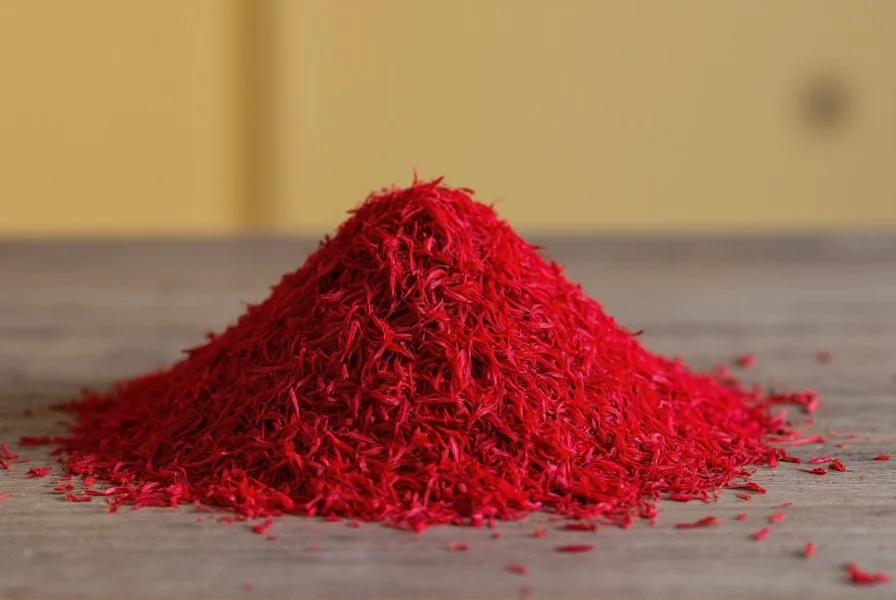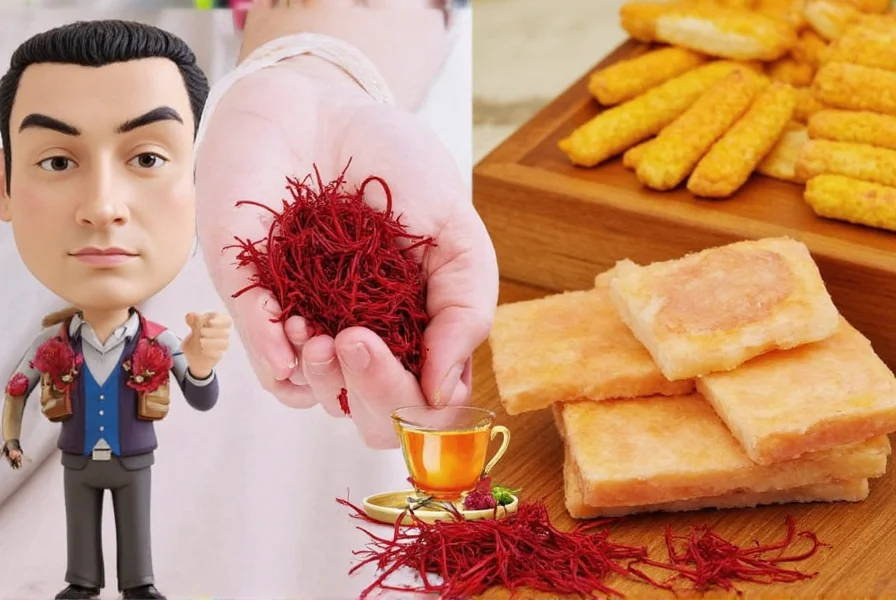When searching for “saffron from Republica,” consumers typically seek information about high-quality saffron sources. The confusion likely stems from “Republica” being a misspelling or misunderstanding of “Islamic Republic of Iran,” the world's dominant saffron producer. Understanding authentic saffron origins is crucial for both culinary enthusiasts and health-conscious consumers.
Understanding Saffron Production Regions
Saffron, derived from the Crocus sativus flower stigma, requires specific climatic conditions to thrive. While several countries produce saffron, the quality varies significantly based on geography, soil composition, and harvesting techniques:
| Country | Global Production Share | Notable Characteristics |
|---|---|---|
| Iran | 90-93% | Highest crocin content, deep red threads, strong aroma |
| India (Kashmir) | 5-7% | Slightly sweeter profile, shorter threads |
| Greece | 1-2% | Milder flavor, protected designation of origin |
| Spain | 1% | Often blended, commercial processing |
Iranian Saffron: The Gold Standard
The Islamic Republic of Iran, particularly the Khorasan region, produces the world's most prized saffron. This area's unique combination of arid climate, mineral-rich soil, and traditional harvesting methods creates saffron with exceptional qualities:
- Crocin content (responsible for color) reaches 19-22%, significantly higher than other regions
- Safranal levels (aroma compound) average 35-40, indicating intense fragrance
- Picrocrocin (bitter compound) concentration ensures distinctive flavor profile
- Hand-picked during brief autumn flowering season, typically at dawn

Authentic Saffron Identification Guide
Distinguishing genuine Iranian saffron from adulterated products requires attention to specific characteristics. Many products marketed as “from Republica” may actually contain inferior substitutes or blends.
Visual Inspection Criteria
Examine saffron threads under good lighting:
- Authentic threads display a deep, consistent red color with slight orange undertones at the base
- Each thread should have a distinctive trumpet-shaped stigma tip
- Avoid products with uniform red color throughout (indicates dyeing)
- Presence of yellow styles attached to red stigmas indicates lower grade
Water Test for Purity
A simple home test can verify authenticity:
- Place 3-5 threads in 2 tablespoons of warm water
- Genuine saffron releases color gradually over 15-20 minutes
- Water should turn a rich golden-yellow, not immediate bright red
- Threads remain intact and don't dissolve completely
Saffron Grading Standards Explained
Iranian saffron follows strict international ISO 3632 grading standards based on chemical analysis:
- Category I (Super Negin): Longest, darkest red threads with no yellow styles; highest crocin content (190+)
- Category II (Negin): Slightly shorter threads, minimal yellow style; crocin 150-190
- Category III (Pushal): Contains some yellow style; crocin 110-150
- Category IV (Bunch): Significant yellow style content; crocin 80-110
When purchasing saffron marketed as “from Republica,” verify the specific ISO grade rather than relying on regional claims alone. Many reputable suppliers now include laboratory test results with their premium saffron products.
Practical Buying Guide for Authentic Saffron
Consumers seeking genuine high-quality saffron should consider these evidence-based recommendations:
- Purchase from suppliers who provide ISO 3632 certification documentation
- Look for packaging with harvest date (saffron degrades after 2 years)
- Avoid suspiciously low prices (authentic saffron costs $5,000-$10,000 per kilogram)
- Choose airtight, opaque containers to preserve potency
- Verify the supplier's physical location in Khorasan province, Iran

Traditional and Modern Applications
Authentic Iranian saffron serves both culinary and therapeutic purposes. Research published in Phytotherapy Research confirms its bioactive compounds provide measurable benefits:
- Culinary use: 3-5 threads typically flavor 4 servings of rice; imparts golden color without overpowering other ingredients
- Mood support: Clinical studies show 30mg daily may support emotional well-being
- Antioxidant properties: Contains 15+ volatile compounds with demonstrated free radical scavenging
- Cooking tip: Always steep threads in warm liquid before adding to dishes for maximum flavor release
Addressing Common Misconceptions
The term “saffron from Republica” reflects common misunderstandings about saffron origins. Many consumers encounter misleading marketing claims that obscure the true source. Reputable producers transparently identify their saffron's specific region within Iran, often including:
- Exact harvest location (Torbate Heydarieh, Mashhad, or Gonabad)
- Crop year and harvest date
- Independent laboratory analysis results
- Producer certification numbers
When evaluating products claiming to be “saffron from Republica,” verify these details rather than accepting vague regional descriptions. The most valuable saffron comes from specific microclimates within Iran's Khorasan province, not from any non-existent “Republica.”











 浙公网安备
33010002000092号
浙公网安备
33010002000092号 浙B2-20120091-4
浙B2-20120091-4